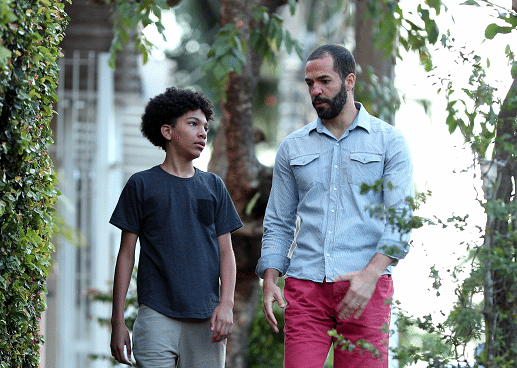
Written by Cameron O’Brien, ACC
Failure gets a bad rap, but making mistakes can promote growth and learning – especially for adolescents.
Adults can help teens build resilience in the face of failure by instilling confidence in their abilities, establishing a growth mindset, and modeling resilient behavior.
Fear of failure is exemplified by avoiding mistakes because they could be perceived as shameful or indicate a lack of ability and capacity for success. When it comes to education, academic stress and fear of failure are very prevalent among students.
Research indicates that female students express higher fear of failure than male students. The gender gap in fear of failure was especially high among high achieving students and students with high achieving peers. That gap is the highest in more economically prosperous and gender equal countries.
Fear of failure in adolescents is associated with lower life satisfaction, lower social and emotional well-being and higher levels of stress, anxiety, burnout and depression. It also leads teens to limit their choices and take fewer risks given their capabilities to minimize possibility of failure.
Resilience requires self-efficacy, which is extent to which individuals believe in their ability to engage and execute specific tasks, especially when confronted with adversity.
Fear of failure and self-efficacy are intricately tied. Research shows that students who believe they are not capable of performing adequately in certain situations are more likely to be fearful of them.
Students lacking self-confidence may be more likely to assume that investing more in an activity is a waste of time. They consequently undermine any incentive to persevere, and success becomes less likely. This is an example of a self-fulfilling prophecy.
On the other hand, social cognitive theory explains that students are more likely to rise to challenges, try harder, and persist longer when they believe in their capacity to succeed.
It is important for adolescents to realize that their failures are not a reflection of their worth. Failing doesn’t make you a failure. If the young person is lacking confidence and self-esteem, they are more likely to shy away from challenges – which ultimately stifles their chances of success. Adults can instill confidence in young people by exploring their beliefs about themselves and their capabilities, setting goals and giving them opportunities to take action around those goals. Check out our blog on building confidence in teens for more advice.
The way a teen thinks about situations will have a big impact on how they see and navigate the world in the future. When teens assume a growth mindset, they believe that their abilities and capacity can be expanded through hard work and dedication. Growth mindset emphasizes effort and mastery over performance. Research shows that youth with growth mindsets are more likely to take on challenges that develop new learning opportunities and expand their comfort zone. Contrarily, when a young person adopts a fixed mindset, they do not believe that practice and effort can change their outcomes.
Adults can play a pivotal role in helping youth develop a growth mindset to reach their fullest potential. They can foster it by encouraging youth to reflect on their experiences – whether it’s a challenge they’ve overcome in the past, or a time when they tried something new for the first time – and use that information to brainstorm ways to tackle current obstacles.
Adolescents look to the people in their environment for insight on how to handle successes and challenges; they model the behavior they are surrounded by. That’s why it is important for adults to set a positive example and demonstrate what resilience looks like. That includes sharing your own obstacles and how you handle them, continuing to try despite any setbacks you face, and implementing positive self-talk around your abilities and capacity to succeed. Check out our blog on being a positive role model for more tips on how to model the behavior you want to see in an adolescent.